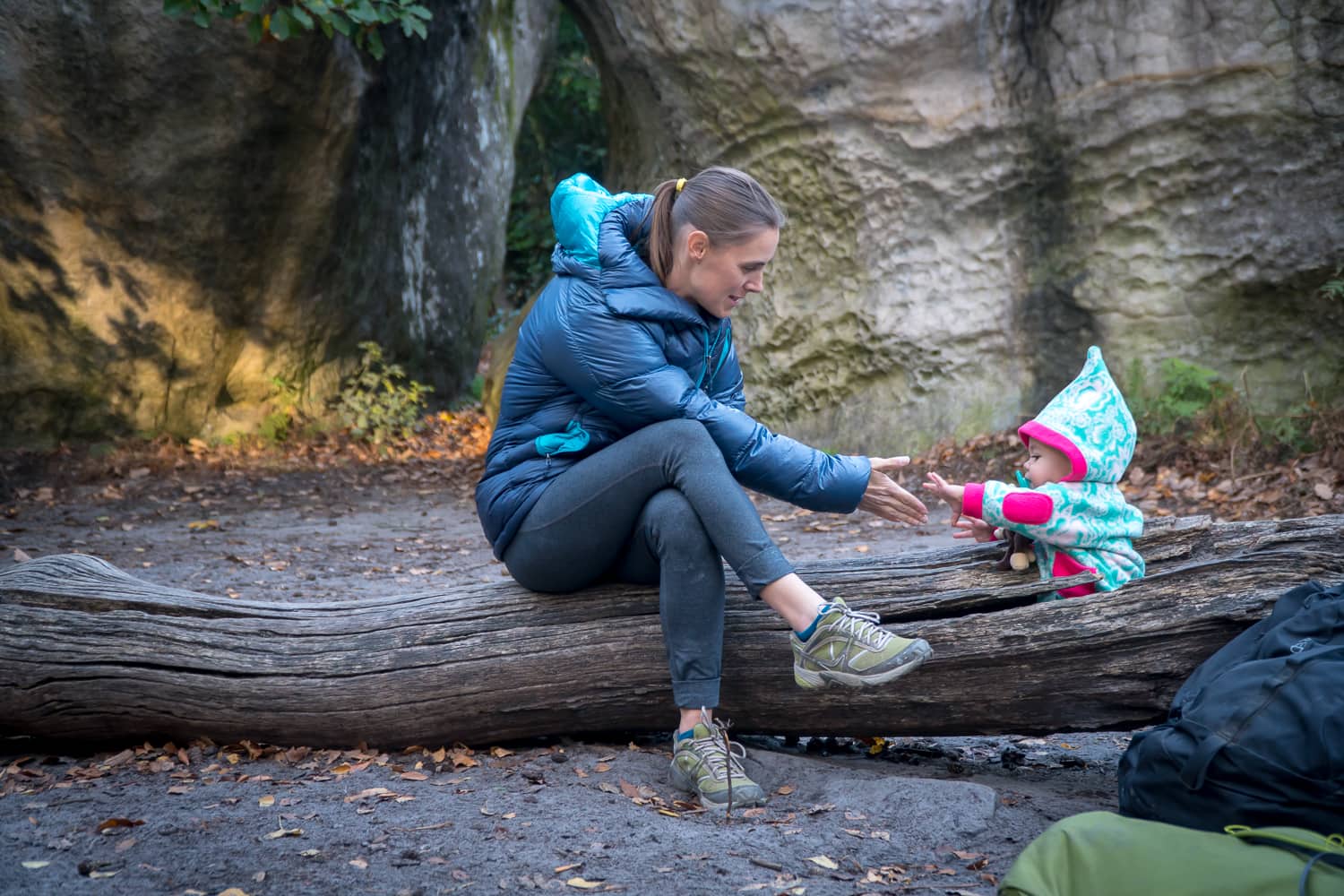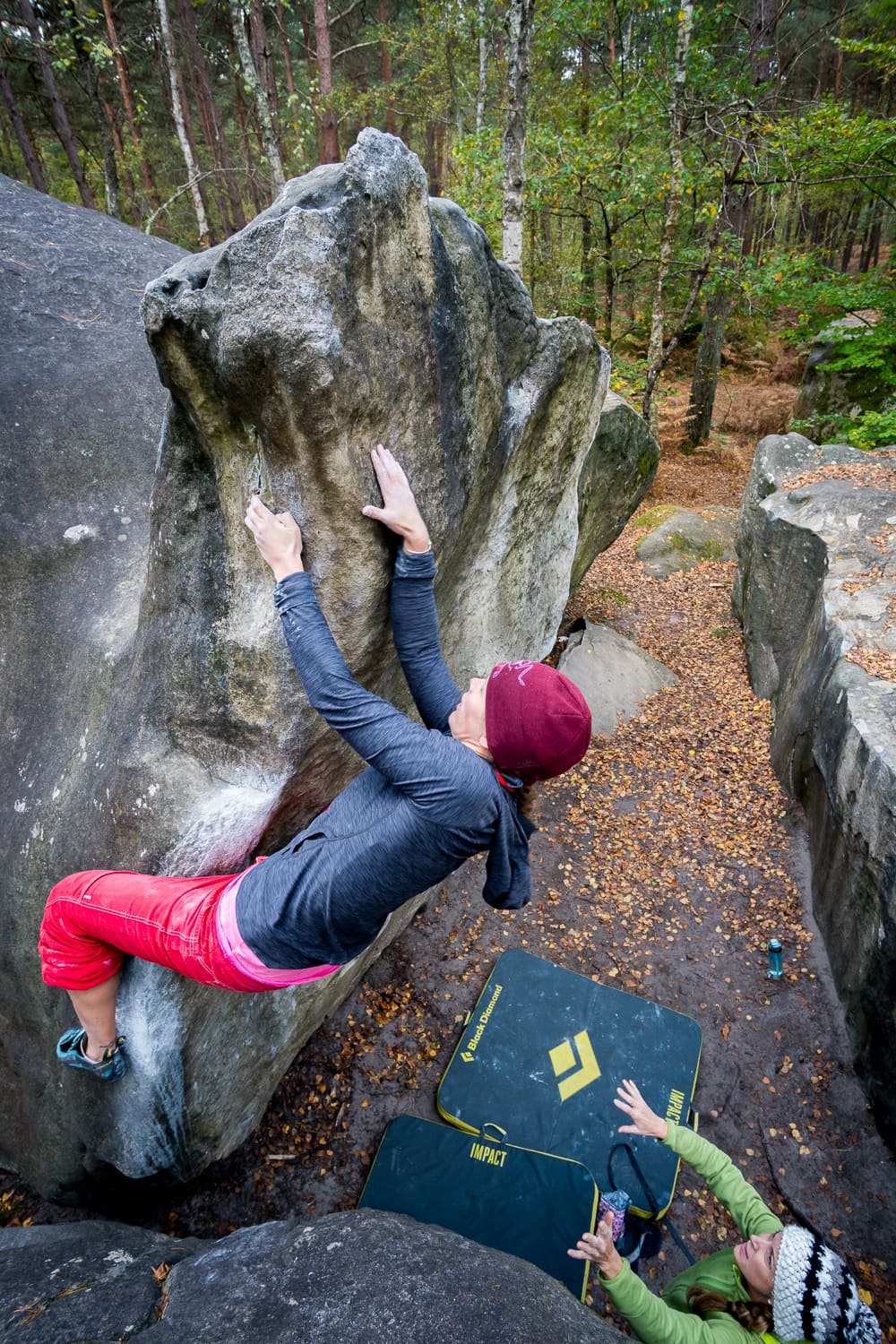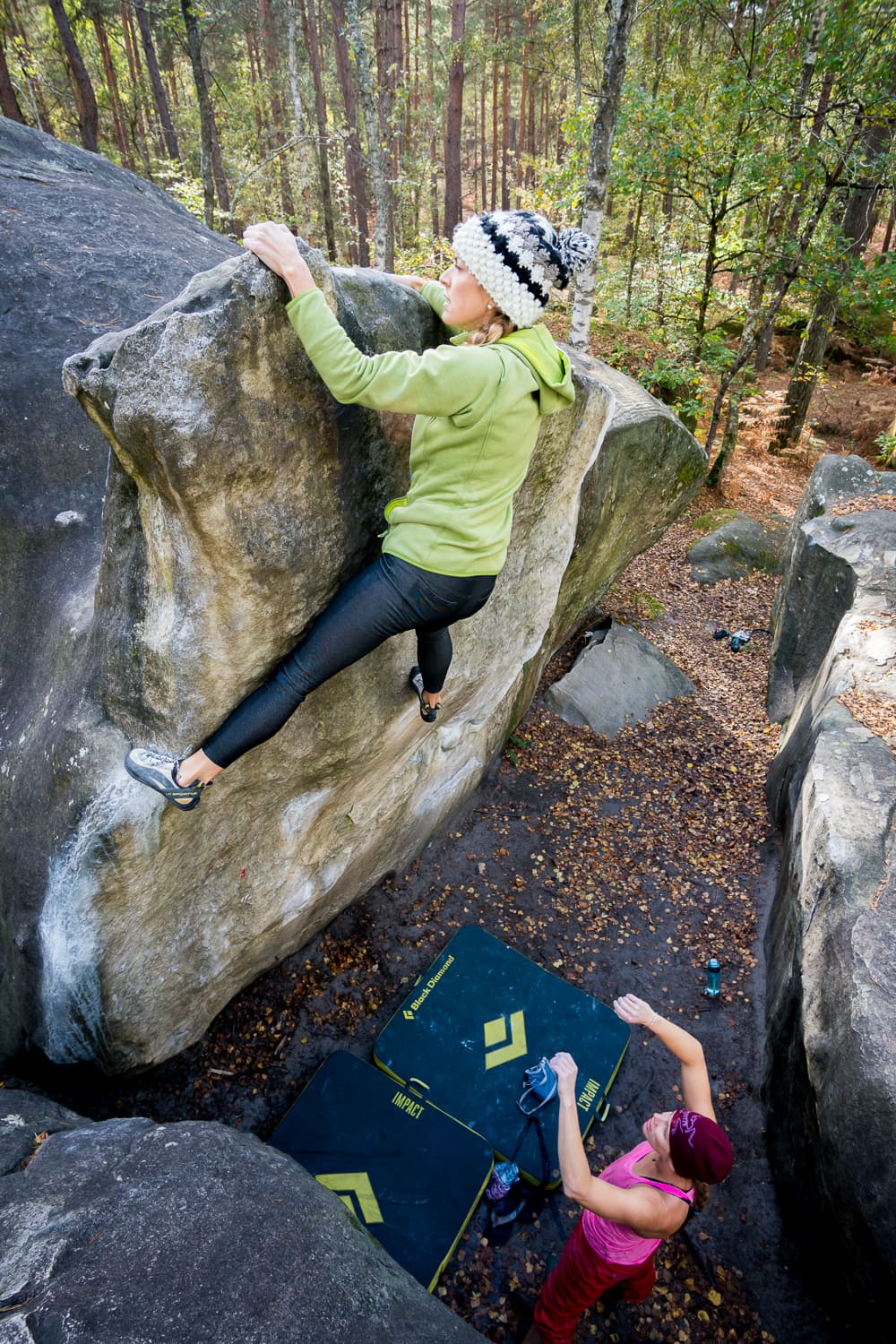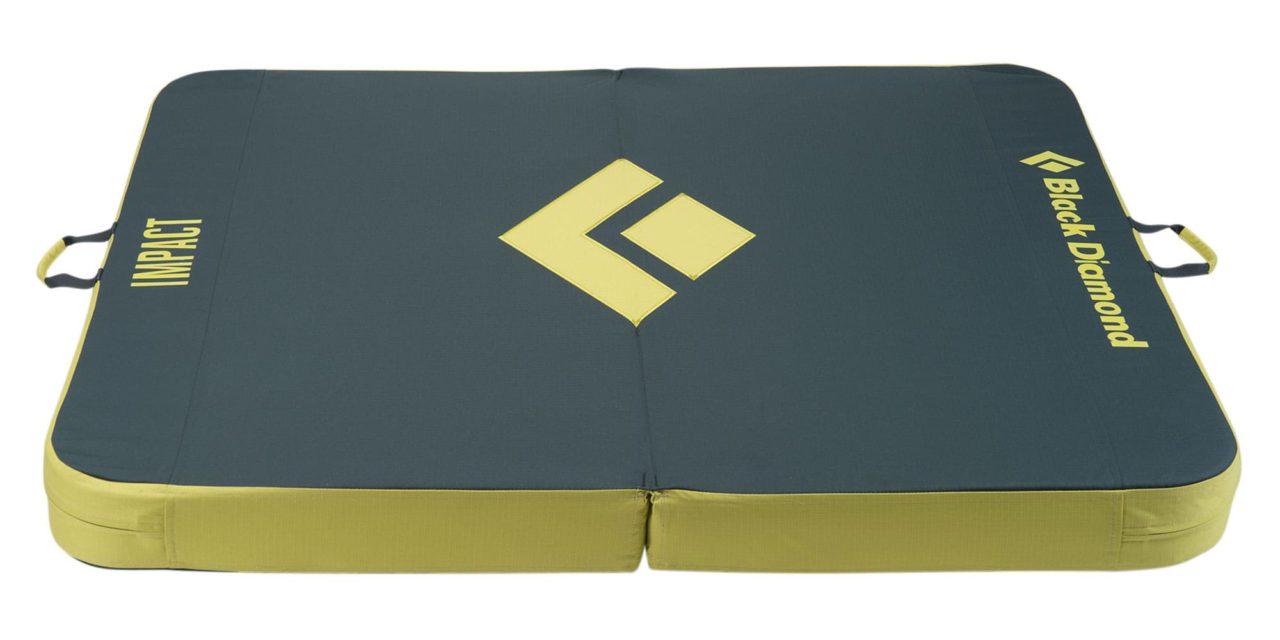I’ve been climbing for over 15 years but until this past season I’d never taken an international bouldering trip before. To be honest, I might never have had the desire to fly somewhere far from home only to spend a few weeks climbing no more than 15 feet off the ground had my wife and I not gained a third wheel, who made it rather difficult, if irresponsible, for us to belay each other for hours on end.
Rather than hire a hearty, rugged climbing au pair to tend to new munchkin while we would be free to swing leads up high, Jen and I decided to try and make it work between just the three of us.
In other words, we became boulderers by default.

Rather than fight this new identity shift, we embraced it and soon realized there was a whole world of unexplored rock now open to us. If anything our options as climbers grew. Taking the recommendation of other friends, we decided to begin our journey as pebble wrestlers to the place where it all began: the forest of Fontainbleau.
Hauling crash pads around by plane or rental car was a foreign concept to me, however. How did people do it? The crash pad, this simple piece of unwieldily climbing equipment, had presented a host of logistical concerns that had never really crossed my mind before.
I’ll spare you all the research I ended up doing on this topic, and zip you right to the punchline. I decided to bring two (2) Black Diamond Impact crashpads.
And I couldn’t have been happier with the decision to do so.

What It Is
The Impact crash pad is a simple hinge-style pad, that weighs only 9 pounds and is among the lightest pads on the market. Opened up, the Impact measures 45 x 39 inches and sports a total of four inches of foam—with one layer of closed-cell, and one layer of open-cell.
For travel, I used basic luggage straps to lash together my two Impact pads in order to create a single piece of luggage. We flew Air Canada, and this set-up was within the norms for luggage size and weight regulations, meaning we didn’t have to pay extra to check our pads. The airline folks, however, call in two workers to carry our pads off to the plane. Hilariously, each worker grabbed onto a side and carried it off together.
“Did they really need two people to do that?” Jen asked, holding our 1-year-old daughter, who weighs more than those two crash pads put together.
We upgraded to a slightly larger rental vehicle, and just barely managed to fit our two huge duffel bags, two Impact crash pads, car seat, stroller, and baby within the vehicle. This was definitely not a light-and-fast expedition…
Rethinking Pads by Size and Number
I’ve injured my ankles numerous times while bouldering over the years. After being hurt so many times, I’ve tended to gravitate toward the “mondo”-sized pads, which weigh at least 20 pounds and cover a confidence inspiring swath of ground real estate. This trip, however, changed my mind about this approach.

As a single pad, the Impact is almost too small to be really useful in anything other than situations with flat landings beneath straight-up, relatively short problems (which, let’s be honest, is mostly what Fontainbleau is all about). However, here I was carrying around two Impact pads that gave us more ground coverage for less total weight than a single Black Diamond Mondo pad. Also, with two pads, there were always more options for ways to cover up the ground or other objects. To me, this was revolutionary!
I saw that when it comes to pads, going big isn’t necessary better than going with many—or at least going with two as opposed to one.
Making the Approach
The Impact isn’t designed to carry a bunch of loose gear. You need an additional climbing pack/duffel to house all of your gear/food/water. That additional bag can be wedged into the crease or worn reverse on your chest. Because the pad is so light, it’s hardly a big deal to add on another pack with your gear, which you’re going to be bringing anyway. This awkward reality—that you’re inevitably going to be carrying a pad as well as a day’s worth of climbing gear—hasn’t really been solved by crashpad-makers yet. Seems like there’s an opportunity here for innovation.

Foam Quality
Though light, the Impact is hardly a lightweight when it comes to providing protection against immovable objects beneath your project that wish to do your falling carcass harm.
I never punched through the Impact on any fall I took on boulders up to 20 feet. I wouldn’t want to climb much higher than that over a single Impact pad, however. For real high-ball projecting, there are better options on the market.
It’s obvious the Impact pad is so light due to its lower quality foam compared to other pads I’ve used and tested. I don’t expect the Impact to last me a lifetime the way I’ve seen, say, my Organic Full Pad has lasted, which, after many years, still has a lot of life in it.
That said, the Impact is lighter than its Organic equivalent, the Organic Simple Pad, which I haven’t tested. And thus far, after 6 months of use, it’s held up really well and still has as much support and life in it as when I first got it. If carrying fewer pounds on your back is important, there’s not really a better option out there than the Impact.




Recent Comments